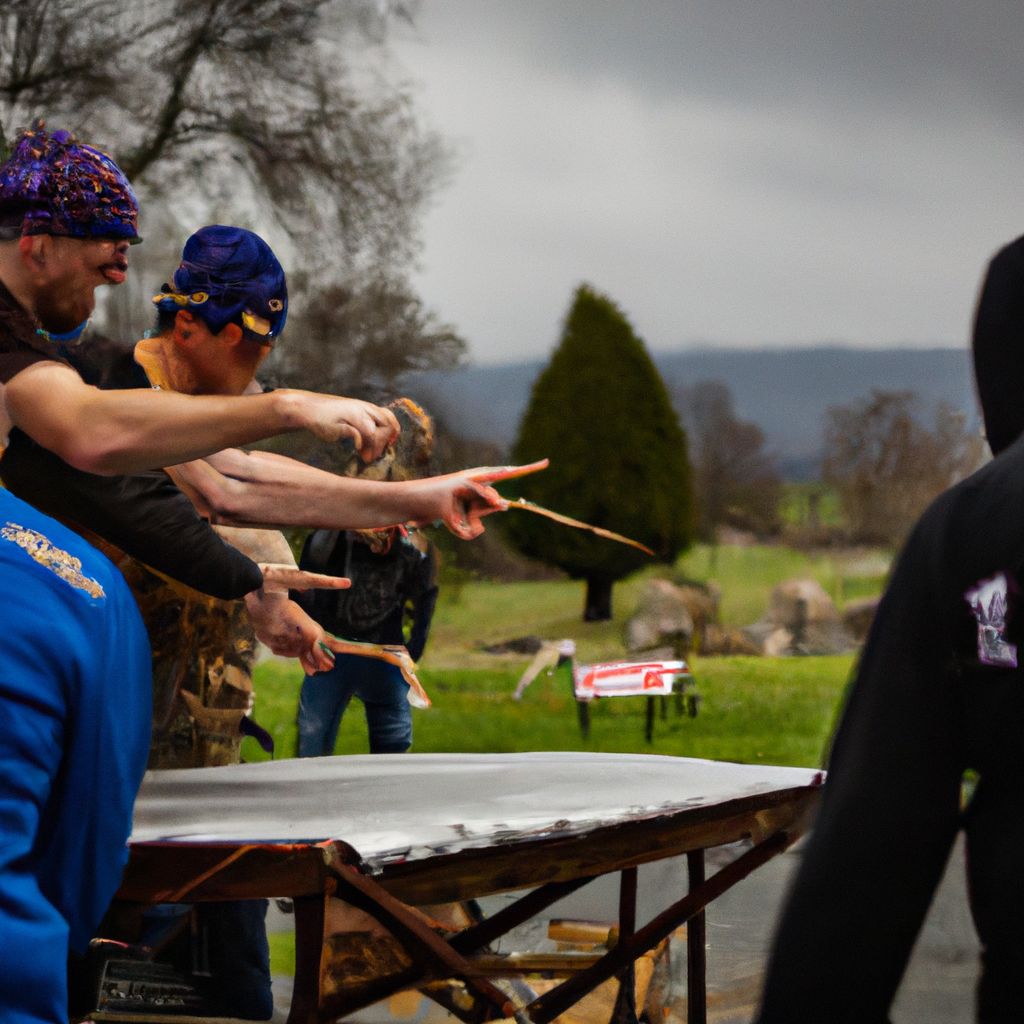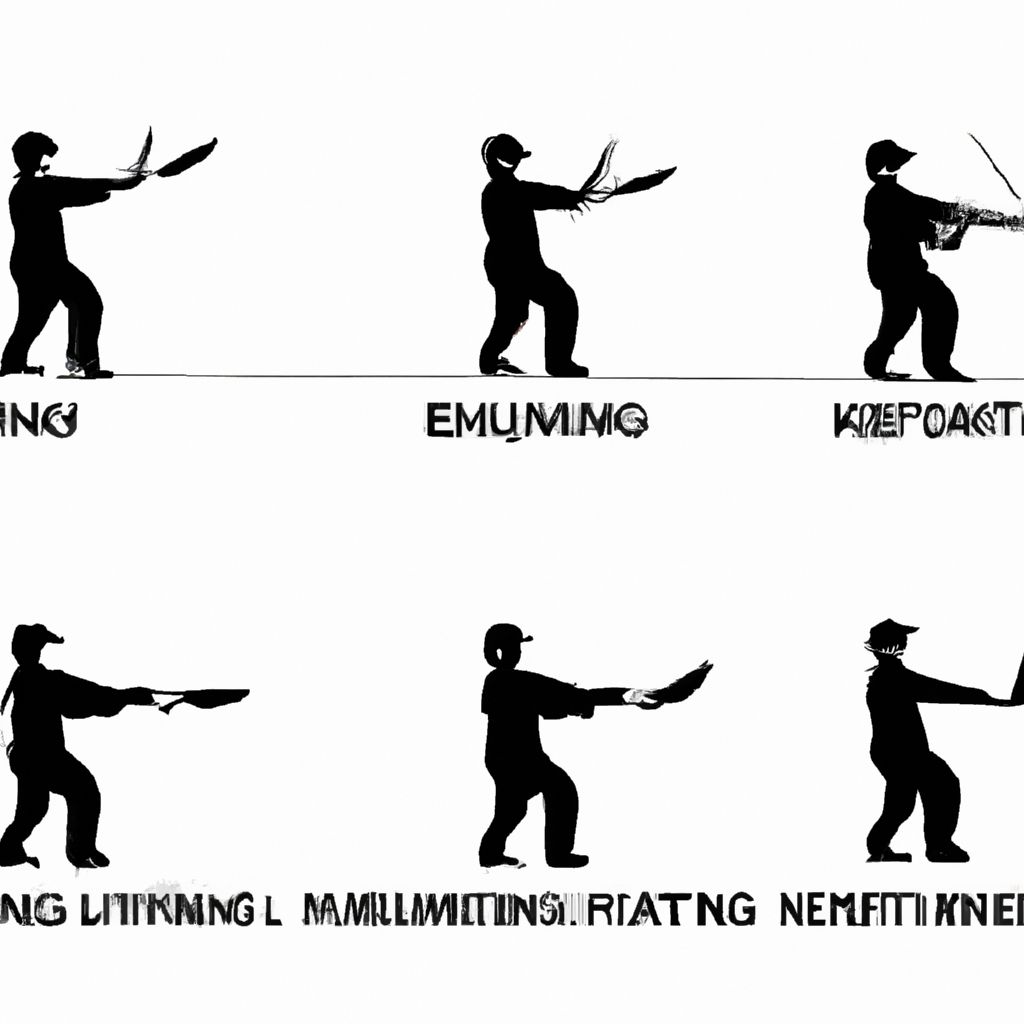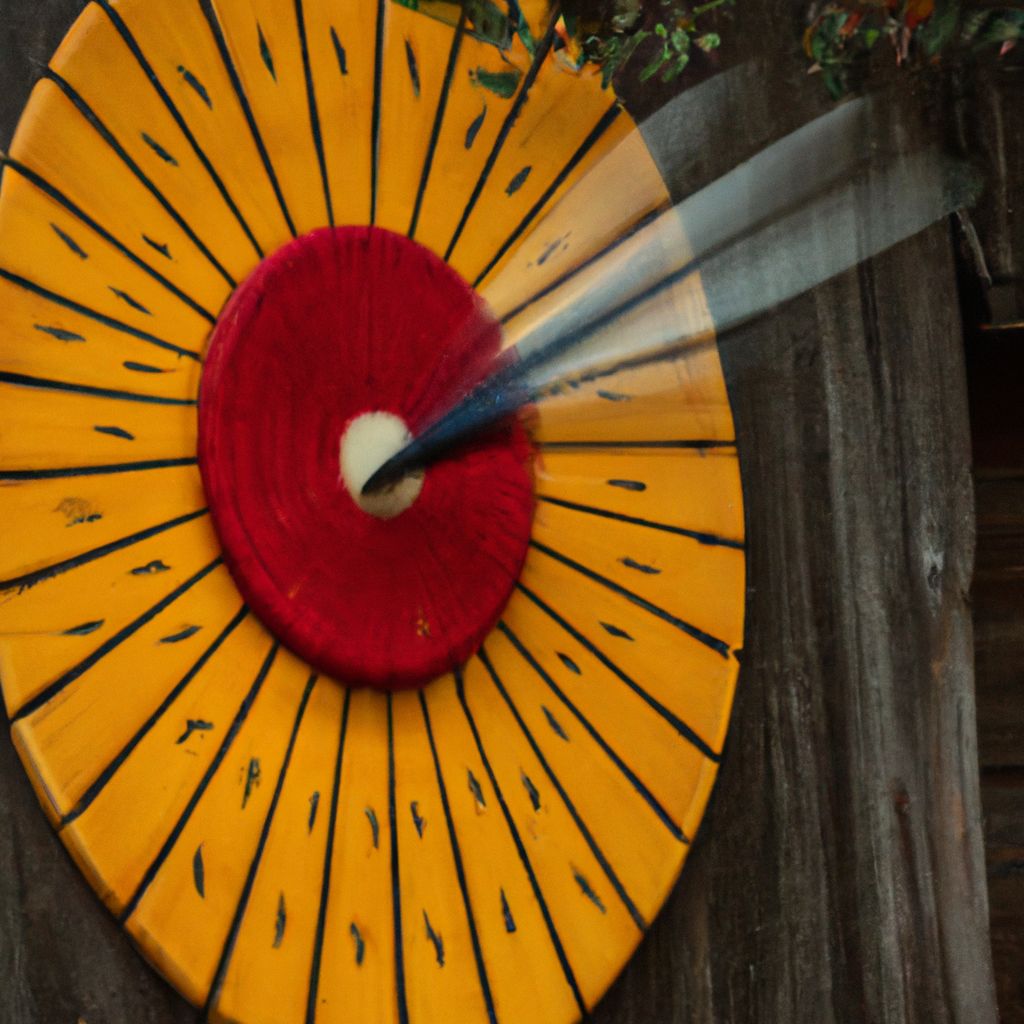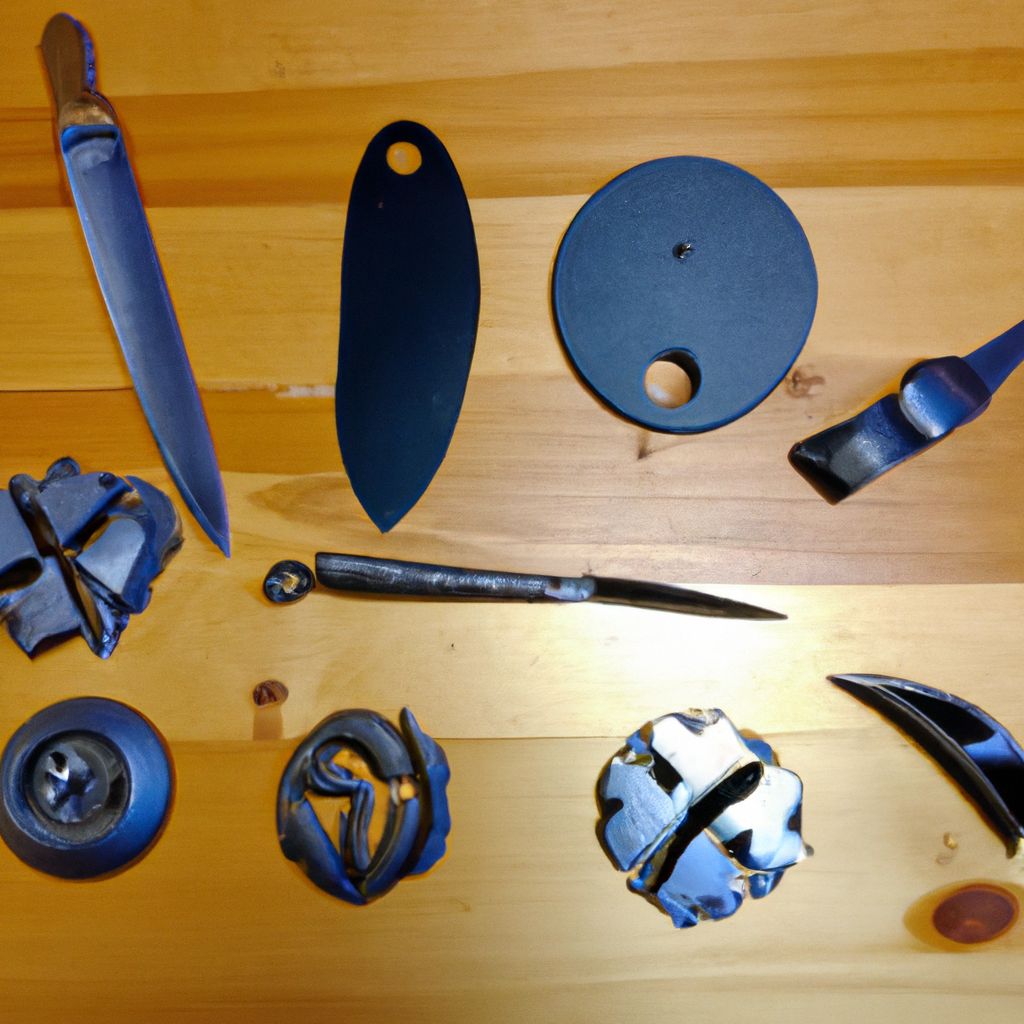- Introduction to Knife Throwing
- Understanding the Risks of Knife Throwing
- Choosing the Right Equipment
- Proper Throwing Techniques
- Setting Up a Safe Throwing Area
- First Aid Knowledge and Preparedness
- Safety Rules and Etiquette in Knife Throwing
- Conclusion: Prioritizing Safety in Knife Throwing
Introduction to Knife Throwing
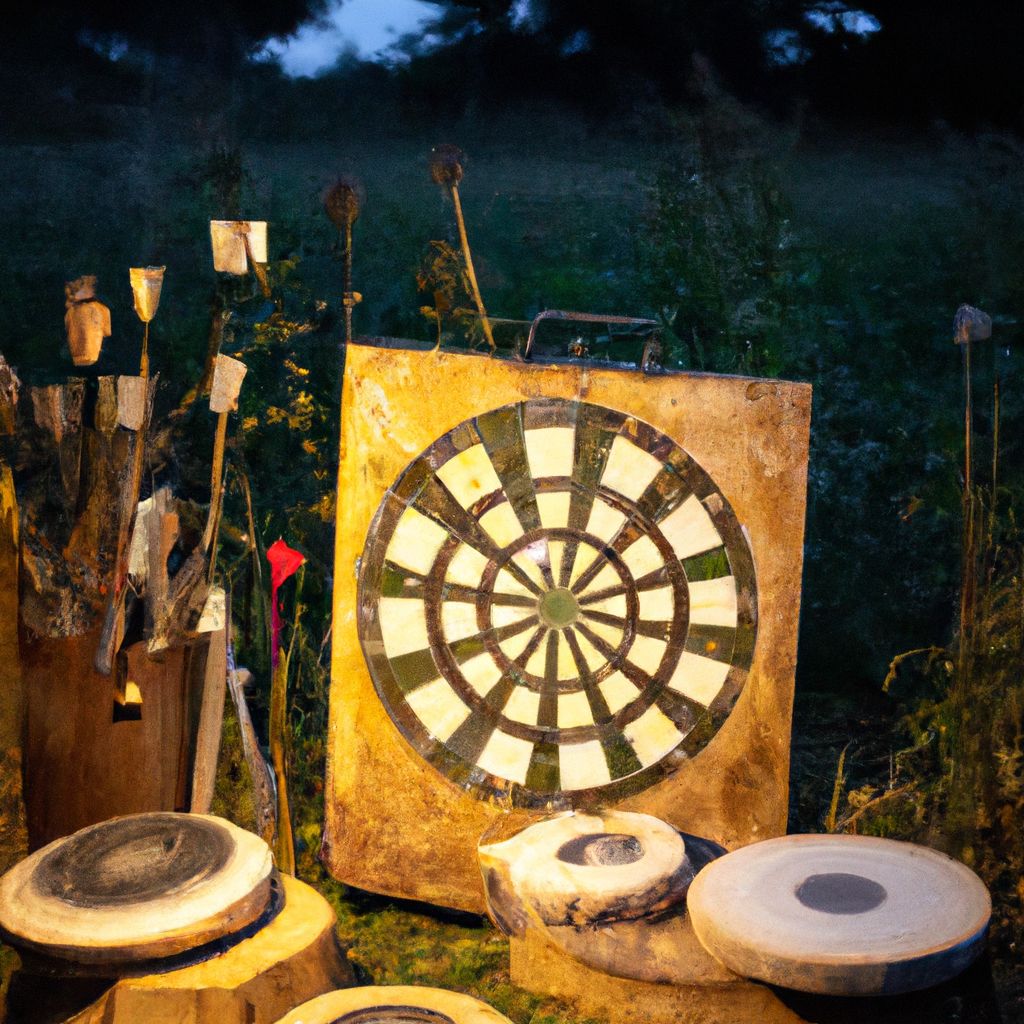
Knife throwing, a thrilling art form with a rich history, is as much about accuracy and precision as it is about delivering a spectacle. Despite its roots in hunting and warfare, knife throwing has evolved into a popular sport and hobby, captivating audiences worldwide.
The historical significance of knife throwing is profound. Dating back to prehistoric times, early humans employed this skill for survival, primarily for hunting and self-defense. According to many historical accounts, this art was also widely practiced in the Middle Ages, where it was used for combat and entertainment.
In the modern era, knife throwing has seen a resurgence in popularity. It has evolved into a recognized sport, with various competitions and leagues worldwide. The International Knife Throwers Hall of Fame Association (IKTHOF) is one such organization, setting standards and regulations for professional and amateur enthusiasts alike.
The allure of knife throwing is multifaceted. For some, it's a hobby or pastime, a unique skill to master. For others, it's a competitive sport, a test of precision and concentration. Professionals in the field, such as circus performers and stunt artists, use knife throwing to create captivating performances. Regardless of the motivation, it's essential to prioritize safety when practicing this potentially dangerous sport.
Understanding the Risks of Knife Throwing
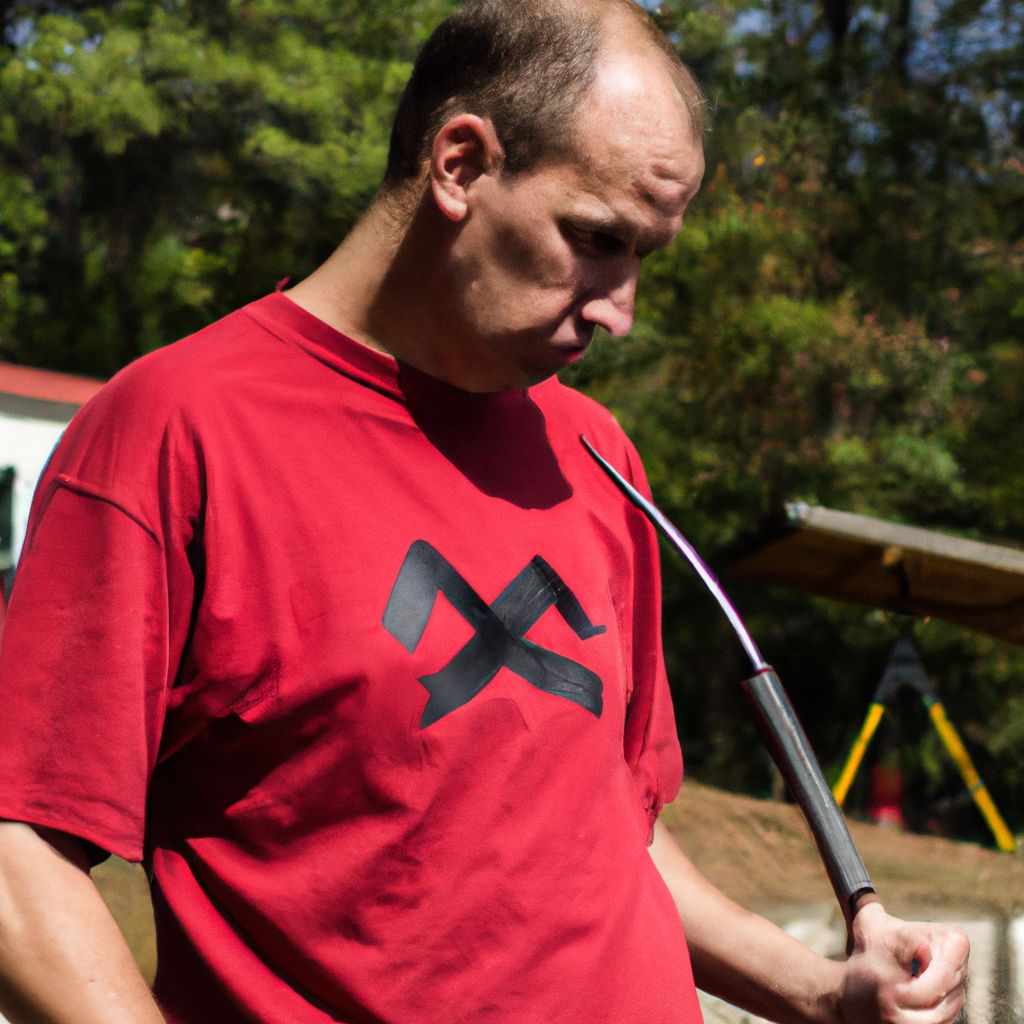
Knife throwing, while exhilarating, comes with inherent risks that should not be overlooked. The potential for injury, harm to others, and property damage is real, underscoring the importance of adhering to safety measures.
Physical injuries are the most apparent risk in knife throwing. Improper handling or throwing techniques could result in cuts, bruises, or even severe lacerations. In extreme cases, a poorly thrown knife could cause a serious injury, such as puncture wounds or eye injuries.
According to a study published in the American Journal of Preventive Medicine, knife-related injuries account for approximately 1.56 million emergency department visits in the United States annually.
Beyond personal safety, knife throwing poses a risk to bystanders. A misdirected throw or a bounce-back from the target could injure someone in the vicinity. This risk is heightened in crowded or public spaces.
Property damage is another potential risk. A missed target can result in a knife hitting walls, furniture, or other items, causing significant damage. This is particularly concerning when practicing indoors or in close proximity to valuable property.
Understanding these risks underscores the crucial importance of safety measures in knife throwing. By following appropriate precautions, throwers can significantly reduce these risks, ensuring a safer and more enjoyable experience for all involved.
Choosing the Right Equipment
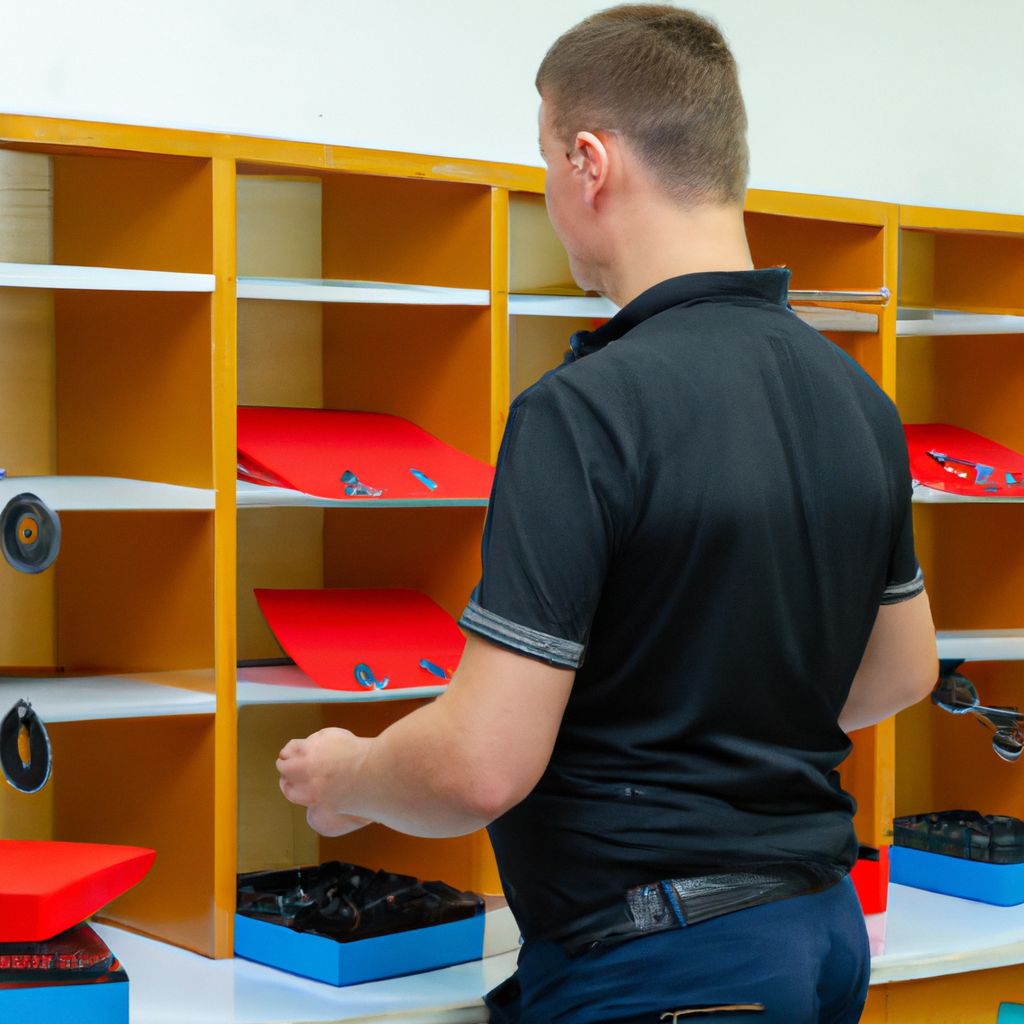
Selecting the right equipment is a critical step in practicing knife throwing safely. The knife, the target, and any additional equipment should be chosen with care, taking into consideration the thrower's skill level and safety features.
The throwing knife is the most important piece of equipment. As a rule of thumb, beginners should start with heavier knives as they are easier to control. The length should be between 12 and 16 inches, and the weight should be around 200 to 300 grams. According to the International Knife Throwers Hall of Fame, the ideal length-to-weight ratio is 1 inch to 1 ounce. The knife's design should be simple, with a smooth handle and no sharp edges or protrusions other than the point. This reduces the risk of injury during handling and throwing.
The target plays a crucial role in knife throwing. It should be made of a soft material like wood that can absorb the impact and securely hold the knife. The size of the target should be appropriate for the thrower's skill level. Beginners should start with larger targets, gradually moving to smaller ones as their accuracy improves.
Additional safety equipment includes a suitable backdrop to catch any missed throws and protective eyewear to shield from any potential ricochets. The backdrop should be made of a material that can absorb the impact, like a heavy canvas or a wooden wall. Eyewear should meet the standard safety specifications.
The importance of quality cannot be overstressed. High-quality equipment is not only more durable and reliable but also significantly safer. Always opt for equipment from reputable manufacturers, and avoid cheap or poorly made products that could potentially compromise safety.
Proper Throwing Techniques
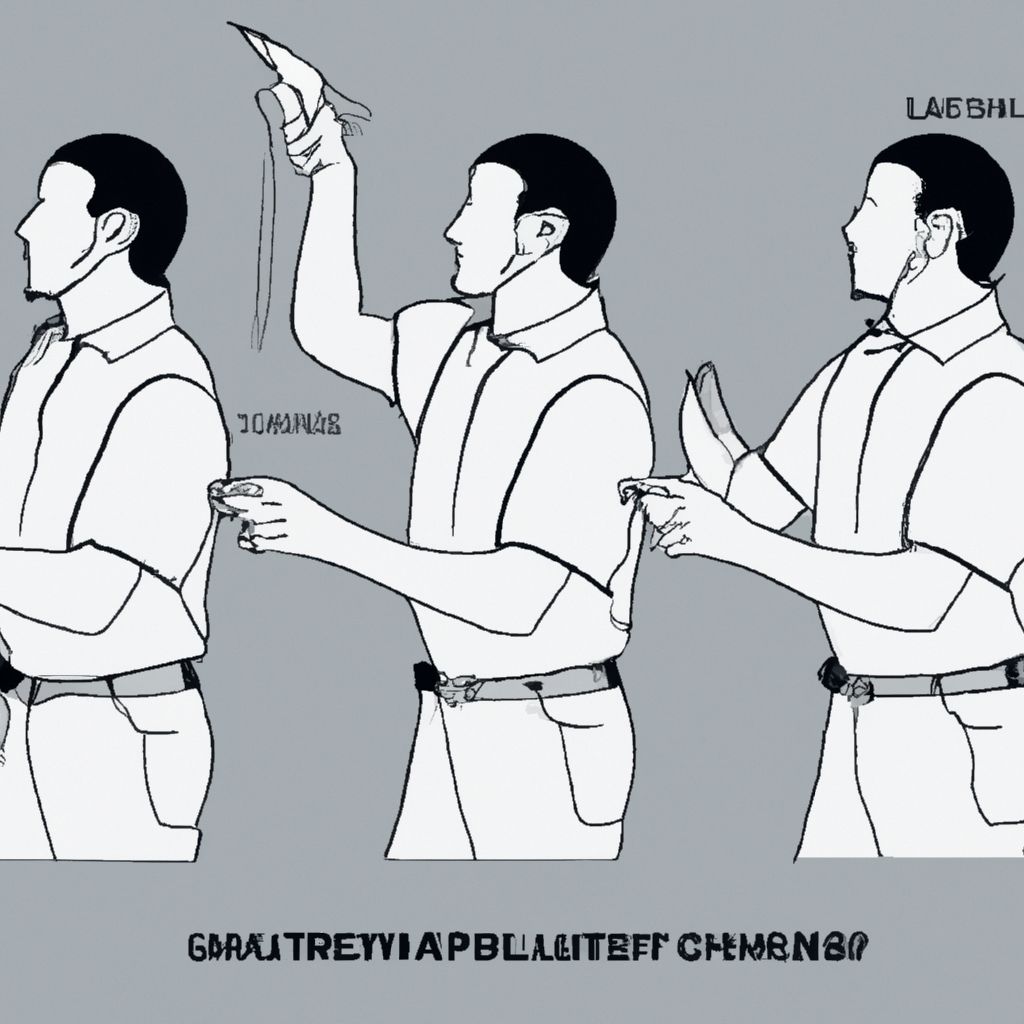
Proper throwing techniques are fundamental to both the success and safety of knife throwing. A correct grip, stance, and throwing motion can significantly reduce the risk of injuries and increase accuracy.
The grip is the first crucial factor. For beginners, the most recommended method is the hammer grip, where the handle of the knife is held as you would hold a hammer, with the thumb resting along the spine of the knife. This grip is simple, secure, and provides good control over the throw.
The stance is equally important. The thrower should stand upright, feet shoulder-width apart, with the non-dominant foot slightly forward. This position provides a stable base and allows for a full range of motion. It's also important to ensure there's enough space around the thrower to avoid hitting any objects or people.
The throwing motion should be smooth and fluid. The arm should move in a straight line towards the target, with the elbow leading the way. The release point is key – too early, and the knife will over-rotate; too late, and it will under-rotate. Consistency in the release point is crucial for accuracy and safety.
As noted by the expert thrower and author Thomas Brezinski, "A proper technique is not just about hitting the target, it's about controlling the knife and understanding its behavior." By mastering the correct form and techniques, throwers can mitigate risks and make the sport safer and more enjoyable.
Setting Up a Safe Throwing Area
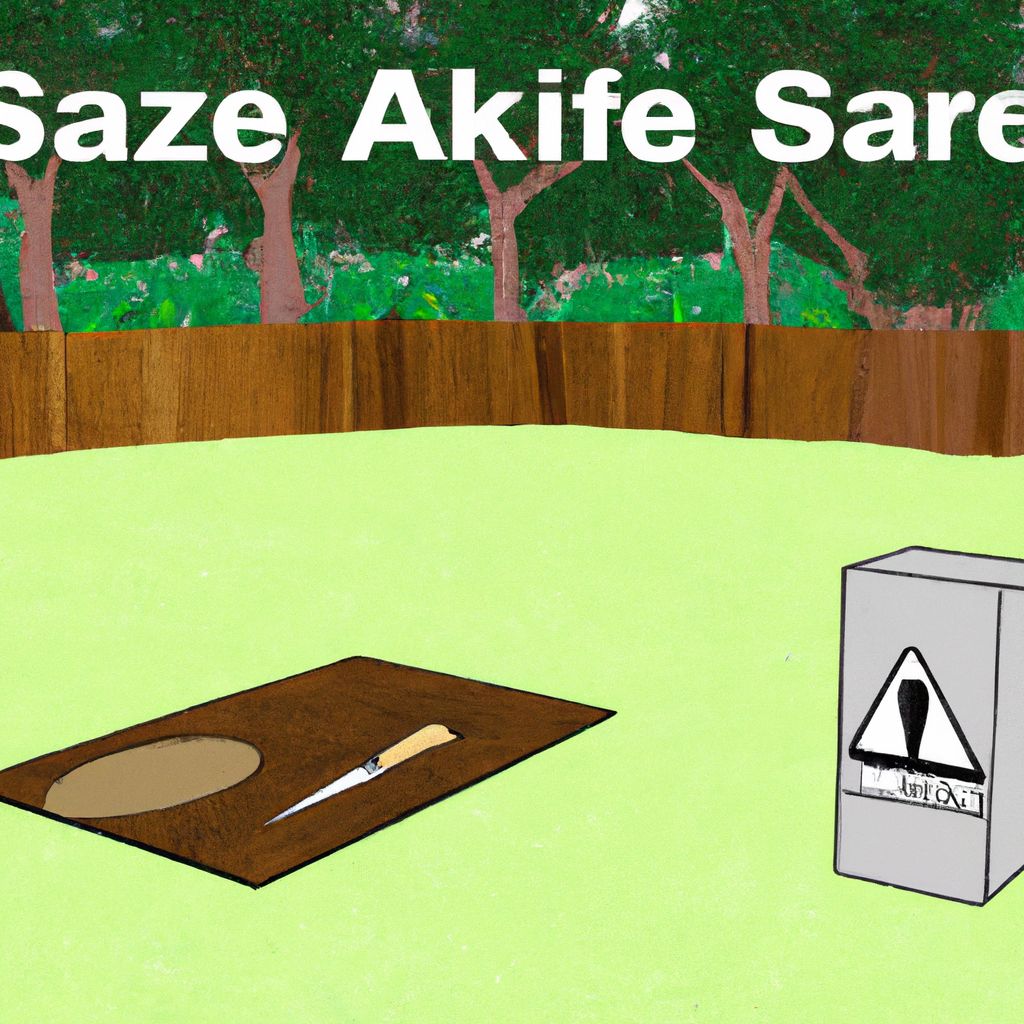
Setting up a safe throwing area is a crucial aspect of practicing knife throwing. This involves choosing the right location, establishing boundaries, and ensuring no unauthorized persons or pets enter the area.
The location for knife throwing should be carefully chosen. It should be a spacious, open area free from obstructions and pedestrian traffic. Outdoor areas are generally recommended for their ample space and lower risk of property damage. If practicing indoors, ensure there are no valuable items, windows, or other breakables in the vicinity. The area should also have good lighting for clear visibility of the target.
Once the location is chosen, it's necessary to set up clear boundaries. A safety perimeter should be established around the throwing area, beyond which no one should enter while throwing is in progress. The recommended safety distance can vary, but a minimum of 10 feet on all sides of the thrower is a common guideline.
Unattended children, pets, or other unauthorized persons should never be allowed in the throwing area. This rule should be strictly enforced to prevent accidental injuries. A simple way to ensure this is to have a designated watcher who can alert the thrower if someone approaches the area.
As noted by the International Knife Throwers Hall of Fame, "A safe and well-organized throwing area is the foundation of a safe knife throwing practice."
First Aid Knowledge and Preparedness
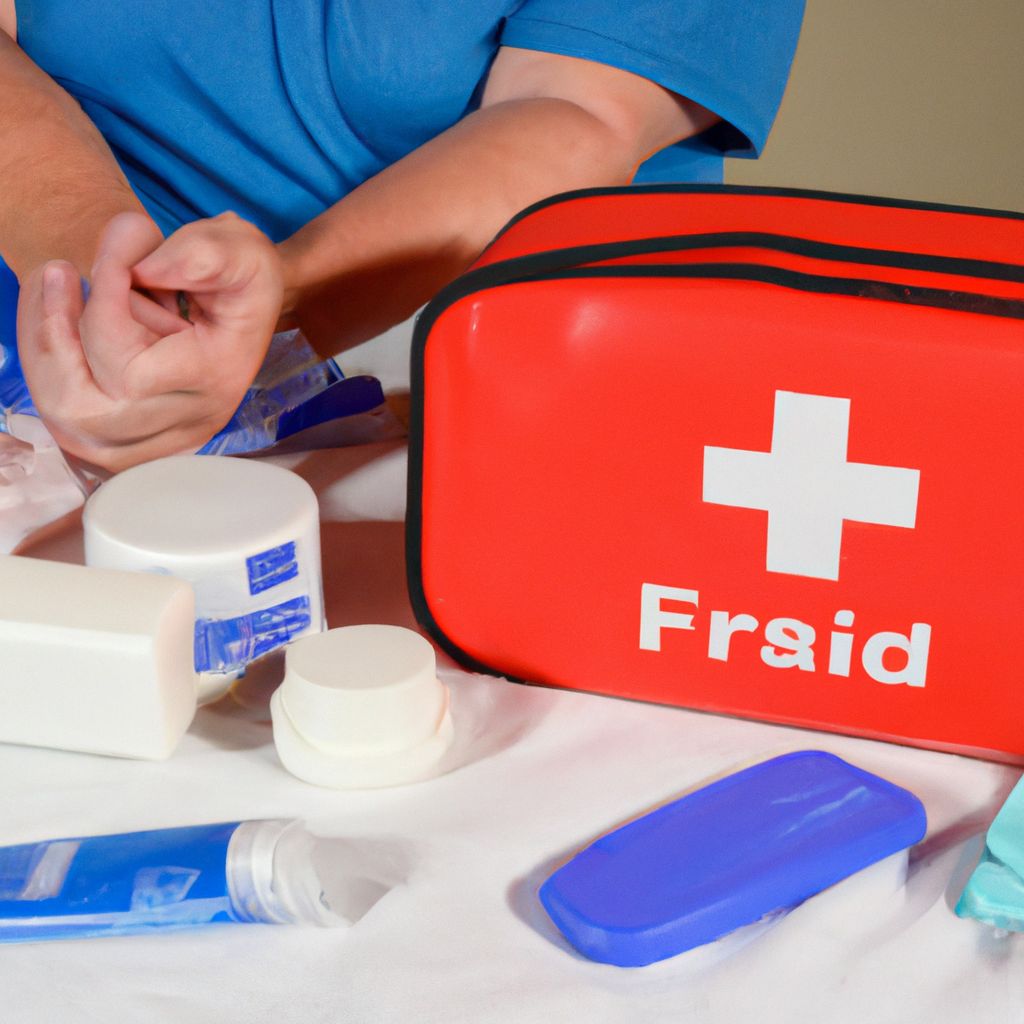
Having a basic understanding of first aid is a key safety measure in knife throwing. Knowing how to react in case of an injury can prevent minor accidents from escalating and can provide immediate relief until professional medical help arrives.
For minor injuries, such as small cuts or bruises, the first step is to clean the wound with warm water and mild soap. Once cleaned, apply an antibiotic ointment and dress the wound with a clean bandage or dressing. It's also beneficial to elevate the wounded area to reduce swelling.
In the case of more serious injuries, such as deep cuts or puncture wounds, immediate professional medical help should be sought. While waiting for help, apply pressure to the wound with a clean cloth to control bleeding, and try to keep the injured person calm.
A well-stocked first aid kit should always be kept nearby when practicing knife throwing. This kit should include items like bandages, gauze, antiseptic wipes, a tourniquet, and a first aid manual. Regular checks should be conducted to replace used items and ensure everything is within its expiry date.
As the Red Cross states, "Being prepared can make all the difference in an emergency situation." Having the knowledge and tools to handle injuries can significantly contribute to the safety and overall peace of mind in knife throwing.
Safety Rules and Etiquette in Knife Throwing
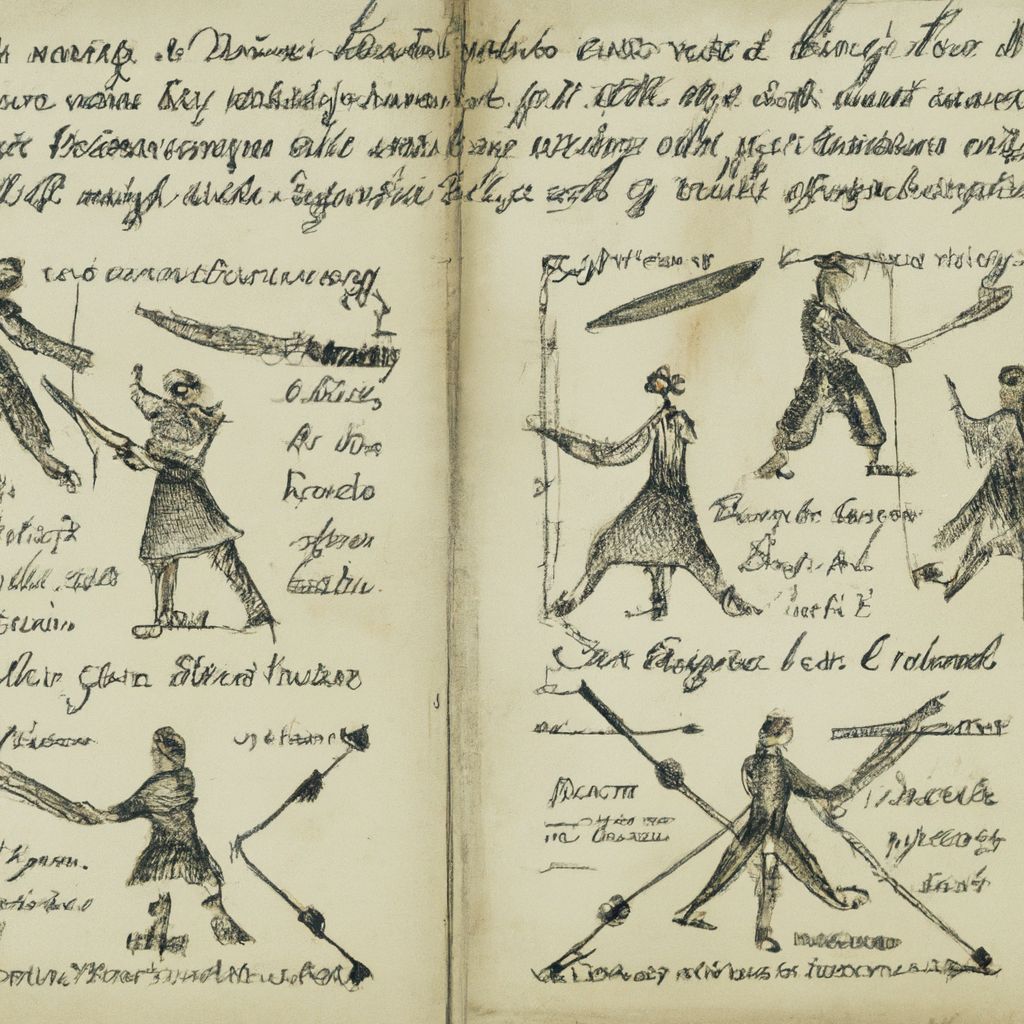
Adhering to safety rules and etiquette is crucial in ensuring a safe and respectful knife throwing environment. These rules govern interactions between throwers and uphold safety standards.
One cardinal rule is not to retrieve knives from the target until all knives have been thrown. This prevents the risk of being hit by a knife thrown by someone else. It's also important to always be aware of other throwers and respect their space while they're throwing.
Another key safety rule is never to throw a knife when someone is downrange. This includes not only the area directly in front of the thrower, but also any space within the safety perimeter. Any movement within this area can distract the thrower and pose a risk of injury.
Throwers should also respect others' space and property. This includes not touching other throwers' knives without permission, and being mindful of noise levels, especially in public or shared spaces. It's also important to clean up after each session, removing any broken knives or splinters from the target area.
According to the World Knife Throwing League, "These rules and etiquette not only contribute to a safer throwing environment, but also foster a community based on respect and mutual understanding." By adhering to these guidelines, throwers can ensure a safe and enjoyable experience for everyone involved.
Conclusion: Prioritizing Safety in Knife Throwing

While the exhilarating sport of knife throwing offers an intriguing mix of history, skill, and competition, its potential dangers underline the importance of placing safety at the forefront. Safety measures are not merely optional precautions; they are integral to the practice of the sport itself.
No matter the skill level or the situation, safety should always be the primary concern. From selecting the right equipment to mastering proper techniques, setting up a safe throwing area to having first-aid knowledge; every step should be taken with safety in mind. Each individual should take responsibility for their safety and the safety of others around them.
As highlighted by the International Knife Throwers Hall of Fame, "Safety is not a practice, but a habit." By making safety measures a habitual part of their routine, throwers can enjoy the art of knife throwing with minimal risk and maximum enjoyment.





